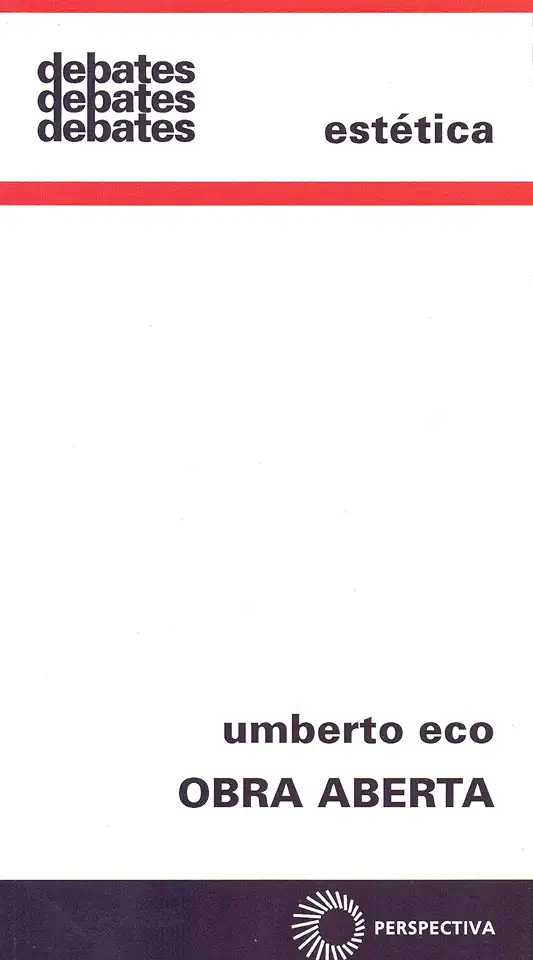
The Open Work - Umberto Eco
The Open Work: A Journey into the Labyrinth of Contemporary Art
Introduction
In his seminal work, "The Open Work," Umberto Eco embarks on an intellectual odyssey, delving into the depths of contemporary art and its transformative impact on our understanding of aesthetics, perception, and the very nature of creativity. Eco's profound insights and eloquent prose invite readers to question conventional notions of art, challenging them to embrace the complexities and ambiguities that lie at the heart of artistic expression.
Deconstructing Traditional Aesthetics
Eco begins by dismantling the traditional view of art as a static, finished product, meticulously crafted by the artist and passively consumed by the audience. Instead, he presents a radical new perspective, arguing that contemporary art is an "open work," a dynamic and participatory experience that invites active engagement from the viewer.
The Role of the Viewer
Eco emphasizes the crucial role of the viewer in completing the artistic experience. He argues that contemporary art is not merely a collection of objects to be admired from a distance but rather an invitation to engage in a dialogue, to bring one's own experiences, interpretations, and emotions to the work. This active participation transforms the viewer from a passive observer into a co-creator, an essential participant in the artistic process.
The Labyrinth of Interpretation
Eco's exploration of contemporary art leads him into a labyrinth of interpretation, where multiple meanings and layers of significance coexist. He rejects the notion of a single, definitive interpretation, instead celebrating the richness and diversity of perspectives that can emerge from a single work of art. This embrace of ambiguity and openness challenges conventional notions of truth and certainty, inviting readers to embrace the complexities and contradictions that define the human experience.
The Artist as Provocateur
Eco portrays the contemporary artist as a provocateur, a catalyst for thought and reflection. Rather than providing easy answers or spoon-feeding the audience with their intentions, these artists challenge our assumptions, disrupt our complacency, and force us to confront uncomfortable truths. Through their provocative works, they provoke critical thinking, encouraging us to question our own beliefs and biases.
The Open Work in Society
Eco's analysis extends beyond the realm of aesthetics, exploring the broader impact of contemporary art on society. He argues that open works of art can serve as catalysts for social change, sparking dialogue, raising awareness, and challenging the status quo. By engaging with these works, individuals can become more critically aware of their surroundings and empowered to effect positive change.
Conclusion
"The Open Work" is a profound and thought-provoking exploration of contemporary art, inviting readers to embrace its complexities, ambiguities, and transformative potential. Eco's eloquent prose and insightful analysis challenge conventional notions of aesthetics, encouraging readers to engage actively with art and discover the richness and diversity of meanings that lie within. A must-read for art enthusiasts, philosophers, and anyone seeking a deeper understanding of the role of art in shaping our world.